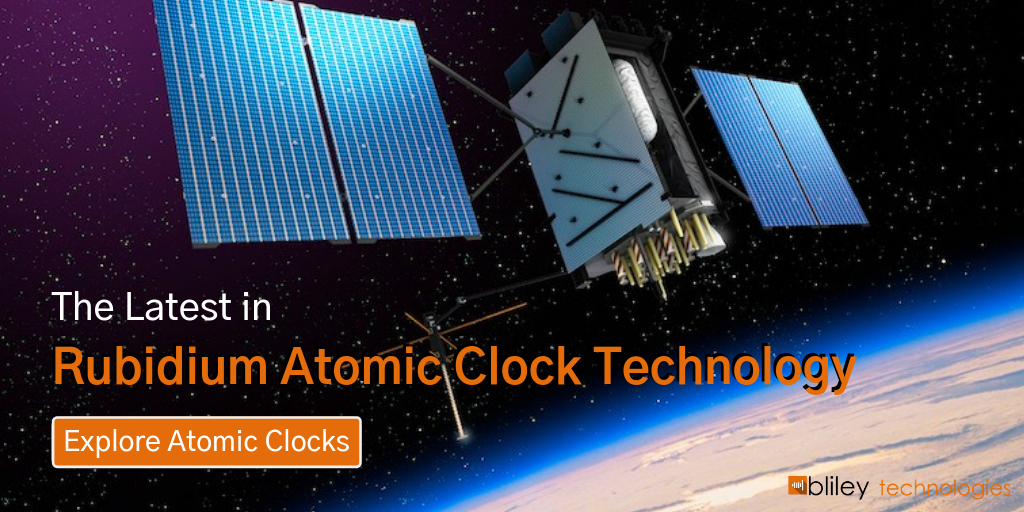Swept quartz crystals are necessary in timing applications that require radiation resistance, but it's important to understand how they work and when you should use them.
In this blog, we'll review what swept quartz crystals are, how they're manufactured, their common applications, and a common misconception about their benefits.
What Is a Swept Quartz Crystal?
Like many other things, radiation can impact a crystal oscillator's frequency. This is because radiation physically alters the quartz crystal inside the oscillator. It changes the position of weakly bound compensators that alter the elastic constants of quartz.
In some cases, radiation can even impact the crystal's series resonance. The increase of resonance can be serious enough to cause the oscillator to stop oscillating if the crystal isn't radiation resistant. When a quartz crystal is manufactured to be radiation tolerant, the crystal is referred to as a swept quartz crystal.
Sweeping is a purification process that diffuses weakly bound alkali compensators out of the lattice and replaces them with more tightly bound H+ ions and holes. This is typically done through a high-temperature, electric-field-driven, solid-state process. A vacuum process can also be used to sweep a quartz crystal.
How Is a Swept Quartz Crystal Manufactured?
There are a few different ways to sweep a quartz crystal. In the typical sweeping process, electrodes are attached to the Z-axis of a quartz bar. The bar is then heated to around 500℃ and a voltage is applied that produces a 1 kilovolt per centimeter (kV/cm) electric field along the Z-axis.
The electrical field produced will eventually decay to a constant value. When this happens, the quartz bar is cooled slowly, the voltage is removed, and electrodes are disconnected.

Common Applications for Swept Quartz Crystals
Swept quartz should be used in oscillators that are expected to be exposed to ionizing radiation. Common applications include:
- Spacecrafts
- Satellites
- Medical equipment
- Some military weapons
If an oscillator isn't expected to be exposed to radiation, then there is really no need for it to be made with swept quartz.
Can Swept Quartz Improve Other Oscillator Specifications?
Could sweeping a quartz crystal help improve or enhance other oscillator specs, such as stability, frequency vs. temperature, operating temperature, or aging? No, but this is a common misconception.
Since the type of crystal cut can affect performance, it's understandable that you might think the sweeping process, which physically alters the crystal at a molecular level, could affect other specs. Unfortunately, this is not the case. The only thing affected other than radiation resistance is cost.
The process of sweeping a quartz crystal takes additional time, effort, and resources. Swept quartz increases the cost of the crystal oscillator without much benefit other than radiation tolerance, so don't make the mistake of paying extra for a swept quartz crystal thinking that it may improve other specs.
Achieve More with Bliley on Board
Check out our line of space oscillators specifically designed to be radiation tolerant, including the Iris series, made for commercial space Low Earth Orbit (LEO) applications.







